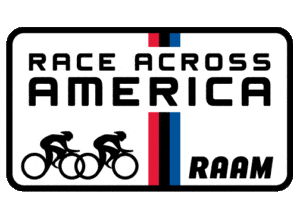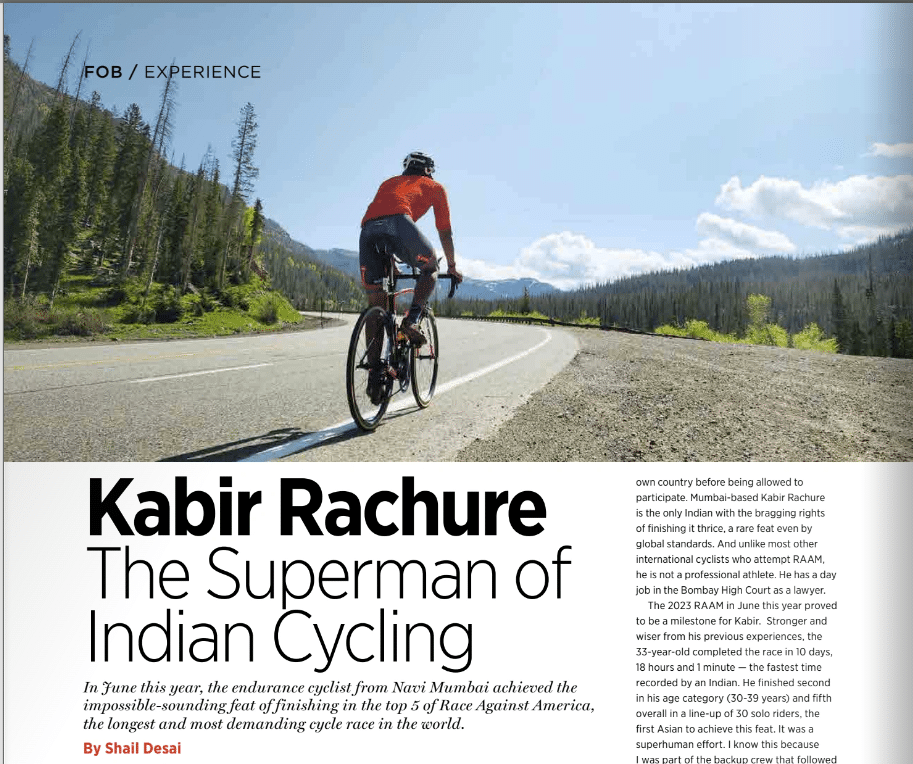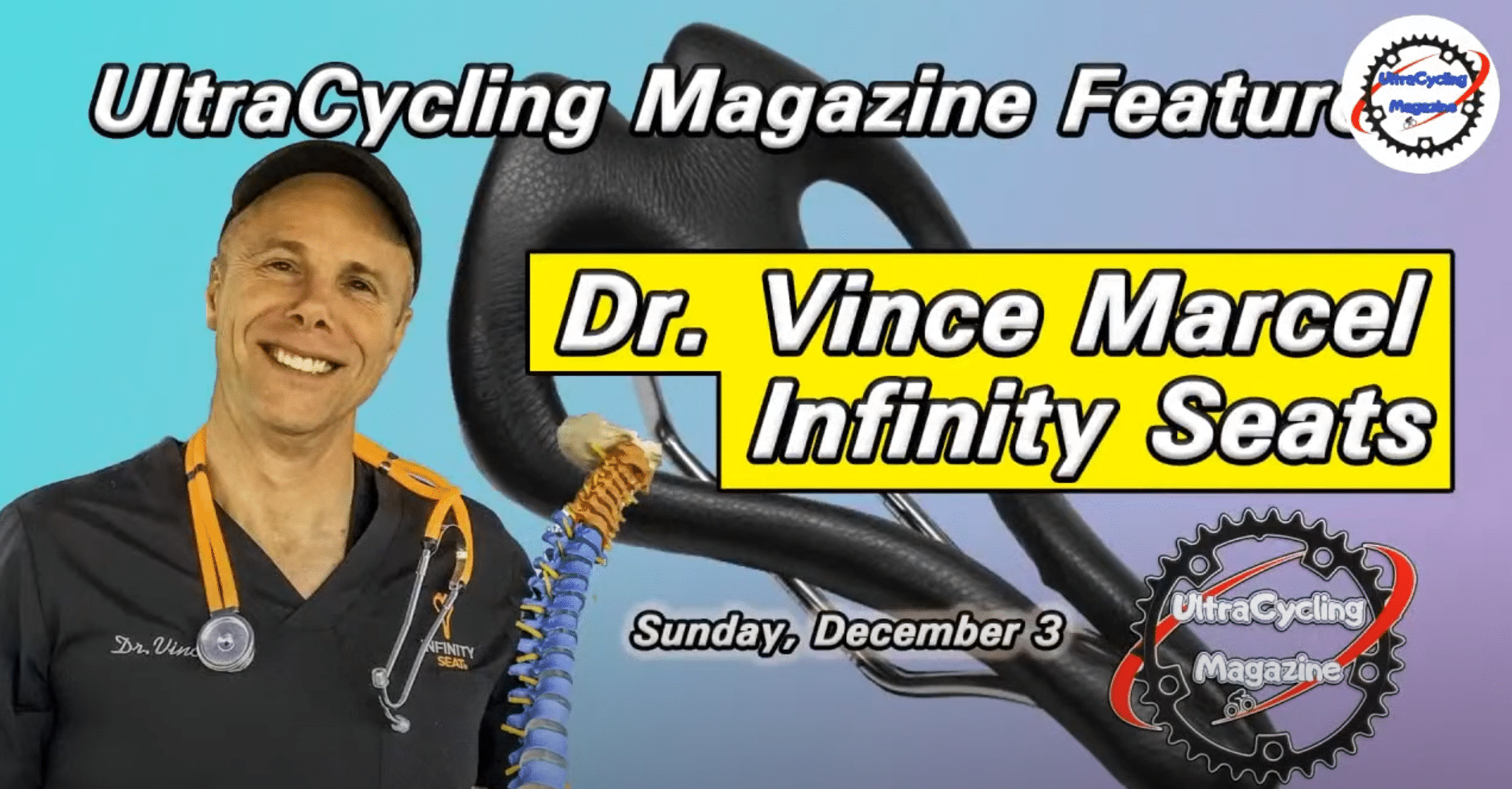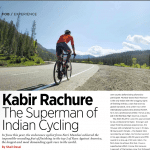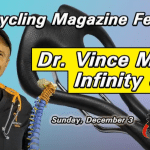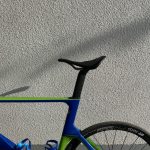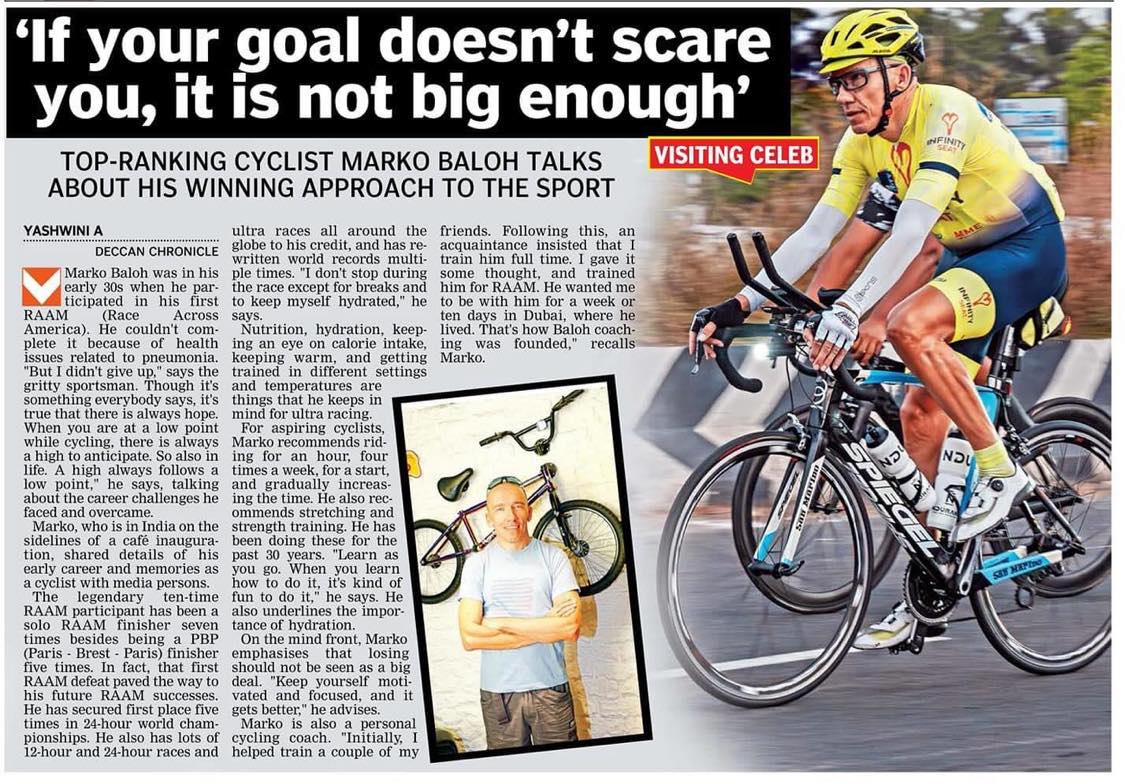
Every now and then I encounter a product that defies expectations. It can be a bike from a storied brand that rides like a Huffy, or it can be something I suspect will be absolute junk that turns out to be at least silver if not gold. That very thing happened to me on the first day of Winter PressCamp.
Before I arrived and got my schedule I had no idea who or what Infinity Cycling was. New brands come and go from cycling like African governments, so I didn’t feel like I’d been remiss in my duties in not finding out just what this company did. Upon walking over to their booth, I noticed a bunch of saddle prototypes plus some old saddles and then something that was more air than saddle.
I’m going to be perfectly honest and admit I groaned a bit—on the inside. When I looked at the saddle my mind immediately went to the Selle SMP. I’d ridden one—for less than 10 miles—some years ago. I made the mistake of putting it on one Friday night and on Saturday morning I rolled out for the training ride and had to turn around before I was half-way there because the thing was so uncomfortable for me. I missed the ride as a result of the saddle swap and I found myself angry over that stupid detail. While the anger subsided, my dislike of the saddle never did. I’m aware there are people who like, even love, that saddle. My body won’t budge on that detail. So when I spied the Infinity saddle, I groaned.
Here’s why: I didn’t want to have a meeting with someone and be polite about a product that wasn’t going to work for me. I don’t like lying to people. But I didn’t want to argue with someone about how the saddle design did little more than hurt me. And how could any saddle design with less surface area than a Selle SMP not hurt worse than that saddle.
Here’s the funny thing: I was wrong. I sat down—albeit in jeans—and then proceeded to pedal a spin-type bike. The way you sit on the saddle requires what appears to be a significantly higher saddle position than you might expect but there was no denying that I was pedaling without pain or a constant need to shift. I reveled in being perfectly honest. I told its design, Dr. Vincent Marcel—he’s a chiropractor—that I was uncomfortable on the Selle SMP and as a result expected not to be comfortable on his saddle. I can’t help but wonder just how many times he’s heard something similar.
To his credit, he has located a number of people who believe in his design, even without riding it. To bring the saddle to market he used a Kickstarter campaign and raised nearly $800,000, more than 700 percent more than his goal. His is a classic Kickstarter success story.
I can’t say if this saddle will be comfortable over a 100-mile ride, but I’m confident I could do 20 miles on it without regret. One notable detail about it is that it’s a real one-position saddle; it’s not like a Fi:zi’k Arione on which you can slide forward and back at will. Philosophically, it’s much closer to the Aliante, a much more contoured saddle.
Reynolds Cycling was the first company to put a carbon clincher into large-scale production. That gave them an advantage in terms of market penetration but it also meant that early adopters satisfied with their wheels didn’t necessarily progress to their newer technology. I’m beginning with this shot of the inside of the rim to show just how clean their molding is. I’ve seen a lot of carbon wheels and that level of precision at the inner wall and bead hook isn’t common.
We spent much of our session discussing their Aero line of wheels which includes four different depths: 46mm, 58mm, 72mm and 90mm. These wheels range from $2675 to $2975 and are the wheels most directly meant to be competitive with Zipp, Enve and the like. While the wheels are a traditional deep-V design, I’m told they’ve worked on the rim shape to make them more stable in cross winds, and while I haven’t had a chance to ride them yet, I can at least report from previous experience that not all deep-V rims are created equal when it comes to crosswinds.
One of the questions I posed to Reynolds’ Paul Lew was whether the company had found in wind tunnel if a particular brand of tire resulted in better aero performance. Their answer surprised and intrigued me. He said that thanks to that little notch you see in that rim cross-section above that comes just beyond the brake track, differences between different tires are really minimized. Their testing showed that 23mm tires definitely are performing better than 25s or anything deeper, but that notch is meant to neutralize the difference between tire profiles so that you can run any tire you like and not suffer a penalty. It’s a fascinating concept; I hate the idea that I’m going to be slower if I run Tire A rather than Tire B.
Given the amount of resistance I encounter from readers any time I review a set of wheels that get north of $2500, I have to admit that I was especially interested in Reynolds’ Performance line of wheels. Three wheels comprise the line: the 29mm Attack ($1575), the 41mm Assault SLG ($1800) and the 90mm Strike SLG ($1900). I know that’s still a fair amount of money for a set of wheels but it’s a chance to get first-rate American production along with what I’m hearing is stellar braking thanks to Reynolds’ CTg technology, which stands for Cryogenic Glass Transition, which is really just a fancy way of saying they’ve put a lot of effort into matching their brake pad compound with the resin used in their wheels. They’ve also introduced a new, larger brake pad, the Cryo-Blue Power which reportedly offers a 33-percent increase in braking power in dry conditions and a 42-percent increase in braking power in wet conditions. I’m intrigued by the possibility that a set of carbon wheels might actually brake better in wet conditions than an aluminum clincher. I’ve got a set of the brake pads and am just waiting on a set of wheels to review.
I’ve written previously how I was not an electric bike believer even despite having an experience that gave me an ear-wide grin. What changed my opinion was when I considered the impact that electric bikes could have on society. Every additional person riding an e-bike who didn’t used to ride at all, or rode less is another person who thinks of him or herself as a cyclist. That’s one more person who sees the rest of us as like-minded souls, not the other. E-bikes have the ability to increase the range of those who might only have ridden in their own neighborhood previously, exposing them to more traffic and helping them appreciate how important a little extra room on the road can be.
In addition to helping evolve minds and making the roads safer, people using e-bikes to run errands and commute to work has the potential to reduce the number of cars on the road. That means less gas usage, lower emissions, fewer cars on the road which will reduce congestion, not to mention healthier people. There’s not another segment of cycling growing as fast as the e-bike category. And there’s always a chance that today’s e-bike enthusiast will be tomorrow’s new roadie. In my head there’s not a single downside to the e-bike.
This was my first chance to look at any of the bikes from Currie Tech. The first bike I rode was the eFlow E3 Nitro. At $3500, it’s not nearly as expensive as the Specialized Turbo and Currie offers a one-year same-as-cash financing deal. The motor sits in the rear wheel, which is the most common location for them. They hide (if you can call it that) the battery in the seat tube, which places that extra mass in-line with your body, making the bike pretty easy to handle.
The E3 Nitro gives the user a choice between a twist throttle (above) and just placing the bike in one of several modes that simply add to the wattage you put into the pedals. The name is a bit over the top, but the bike has a terrific, even zippy, feel. It’s the sort of thing that were my parents a decade or two younger, I’d recommend to them to keep them outside and active.

Just which mode the bike operates in can be selected easily with the plus and minus buttons on the left side of the computer. I fault the web site for deluging users with too much technical info. It’s tough to get high-end brands to publish that much info on their bikes, but for a purchase that seems unlikely to be overly analytical given the relative inexperience of the typical buyer, the web site is utterly overwhelming. It’s a shame because the bike itself isn’t.
Currie Tech also distributes the Haibike line of e-bikes. Haibike is a higher-end line of bikes for the more performance-oriented rider. The Haibike line includes a trekking bike (pictured above) plus a flat-bar road bike and a full-suspension mountain bike. They range in price from, on the low end, $4000 all the way up to $8600 for one of the full-suspension mountain bikes.
The bikes use Bosch’s transmission which puts the power into the crank. Selling points are that if you try to pedal with no power assist all you’re doing is pedaling a heavy bike, unlike bikes like the eFlow, which force you to overcome the generator, plus you can swap out wheels any time you want. Of course, the drive system is really noticeable, but you get better battery life with this system.
Users can select five modes of operation, from no assist at all to roughly a 300 percent assist; that is, nearly 3 watts added to every watt you put out. I nearly lost control of the bike when I goosed the pedals a bit too much as I was turning around in tight quarters. The trekking bike had particular appeal to me because it seemed better spec’d for commuting and errand running, thanks to the rack and fenders.
I have to admit that I can’t help but wonder what the future holds for me in terms of decreasing fitness. I’m much slower than I was 10 years ago, and while I think I’ve got the ability to get much of that lost ground back this year, I have to admit that there will come a point where my current fitness will become a year’s high-water mark. An electric assist bike may become my way of knocking out 80 miles when I’m 70 years old. It seems a weird thought, but I don’t have to make my peace with that today

